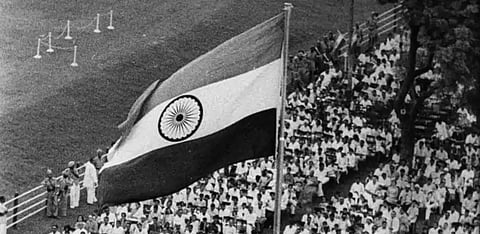History
Britain had no option, but to grant independence to India on August 15, 1947
The independence of India was neither a voluntary withdrawal nor a forced extraction by a nationalist revolution. The decolonisation of the British Empire, on which the sun never set, was a case of failed politics of bait and switch against the mass non-violent movement.

